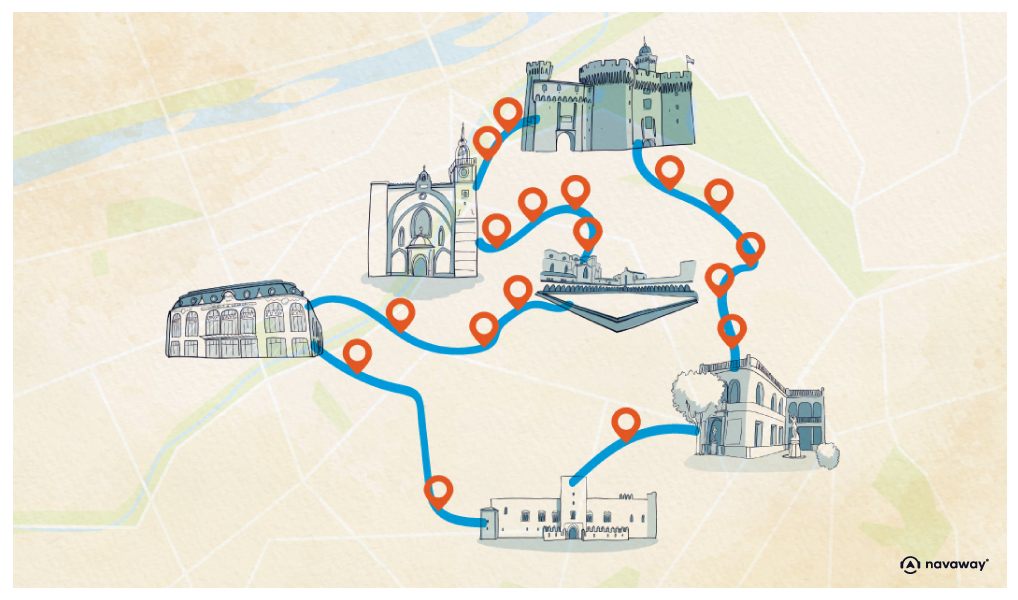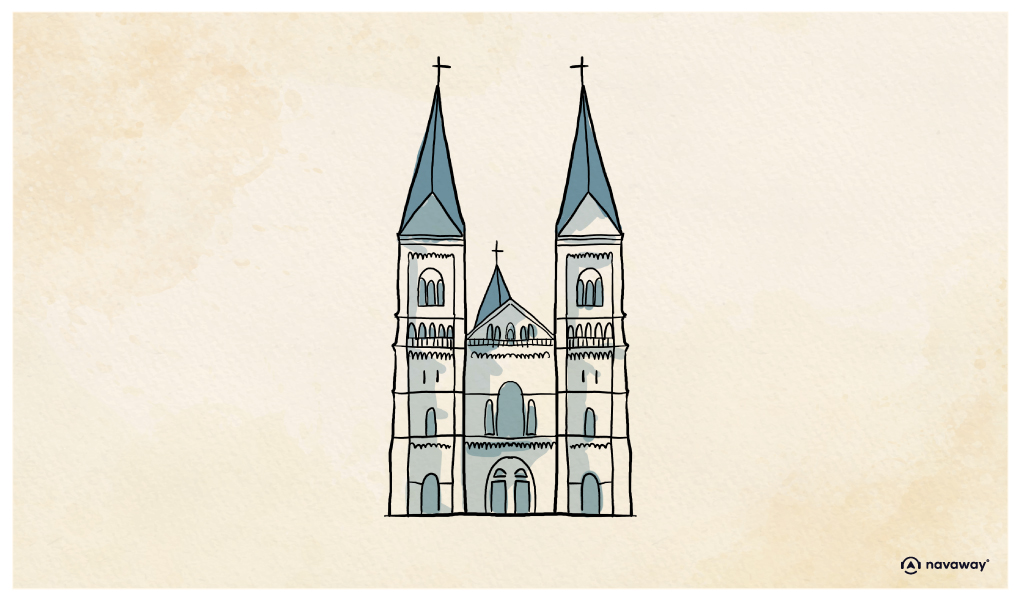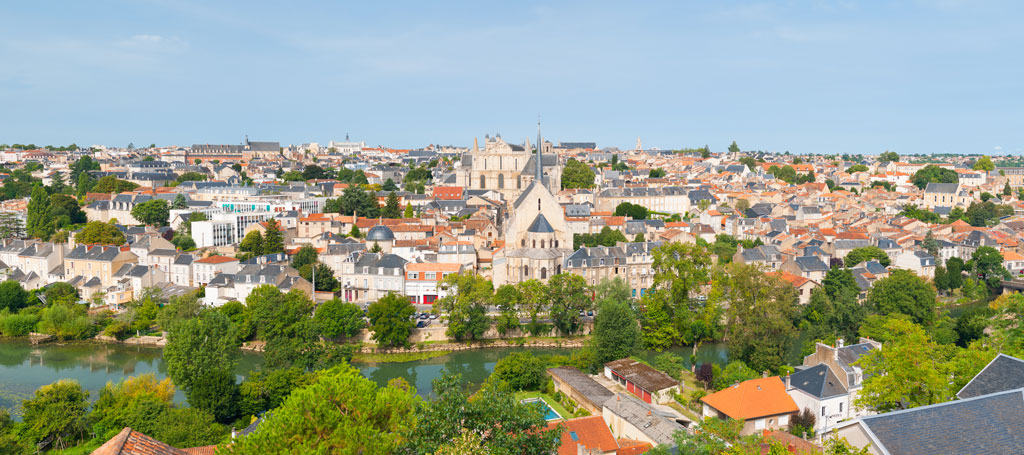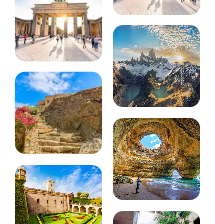
Notre-Dame de la Réal Church

This point of interest is available as audio on the tour: Visit Perpignan, A Taste of French Catalonia
Historically, the Church of Notre-Dame de la Réal, right here in front of you, was the fourth parish in Perpignan — after Saint-Jean, Saint-Jacques, and Saint-Matthieu. But don’t let that ranking fool you. It played a major role in the city’s history. Located in the heart of Perpignan, right at the foot of the prestigious Palace of the Kings of Majorca, this church — also known as Notre-Dame of the King — was originally the castle chapel, built as part of the royal fortress. It was commissioned by the King of Majorca, James II, and inaugurated around the year 1321. Its style is typical of southern Gothic architecture, with a façade made of bricks and pebbles. The church first housed a community of canons, but later became the setting for one of the most important chapters in its history. At the start of the 14th century, the papacy had moved to Avignon. But in 1377, Pope Gregory XI returned to Rome, hoping to break free from the influence of King Philip the Fair, who had held strong sway over his predecessors. Unfortunately, he died the following year. The cardinals chose Urban VI as his successor, but his harsh and authoritarian nature soon led some of them to reject him. They eventually decided to elect Clement VII instead. Being French, Clement chose to return to Avignon. That’s when the Western Christian world split in two. Depending on political interests and rivalries, different kingdoms picked a side. France, Scotland, southern Italy, and Spain supported Clement VII, while England, northern and central Italy, and the Holy Roman Empire sided with Urban VI in Rome.This divide would become known as the Great Western Schism — a kind of papal tug-of-war. When Clement VII died in 1394, Benedict XIII was elected in Avignon to carry on the fight. Like his Roman rival, Benedict claimed to be the one true pope. To defend his legitimacy, he even organized a council right here in Perpignan — inside this very church, Notre-Dame de la Réal. He managed to gather 349 church leaders, yet instead of confirming his authority, they called for his resignation as well as that of Gregory XII, the Roman pope who had succeded to Urban VI. Neither side gave in. So in 1409, a third pope, Peter of Candia, was elected during the Council of Pisa. At that point, the Church counted three popes at once ! A crisis known as the “three-headed Church.” It wasn’t until the Council of Constance, between 1414 and 1418, that the situation was finally resolved. The antipope fled, Benedict XIII stepped down, and Martin V was elected — the one and only pope recognized by all. The room where the Council of Perpignan was held is still here. You can find it to the east of the north transept, marked by beautifully decorated vaulted ceilings. While you’re there, take a moment to admire a few visible artworks — like the original white marble baptismal font, or the wooden sculpture of the “Entombment of Christ,” dating back to the 15th century.


Discover Perpignan with app
An interactive guide through the most beautiful streets, squares, and districts
19 fun audioguides full of historical facts, anecdotes, and legends





Comments